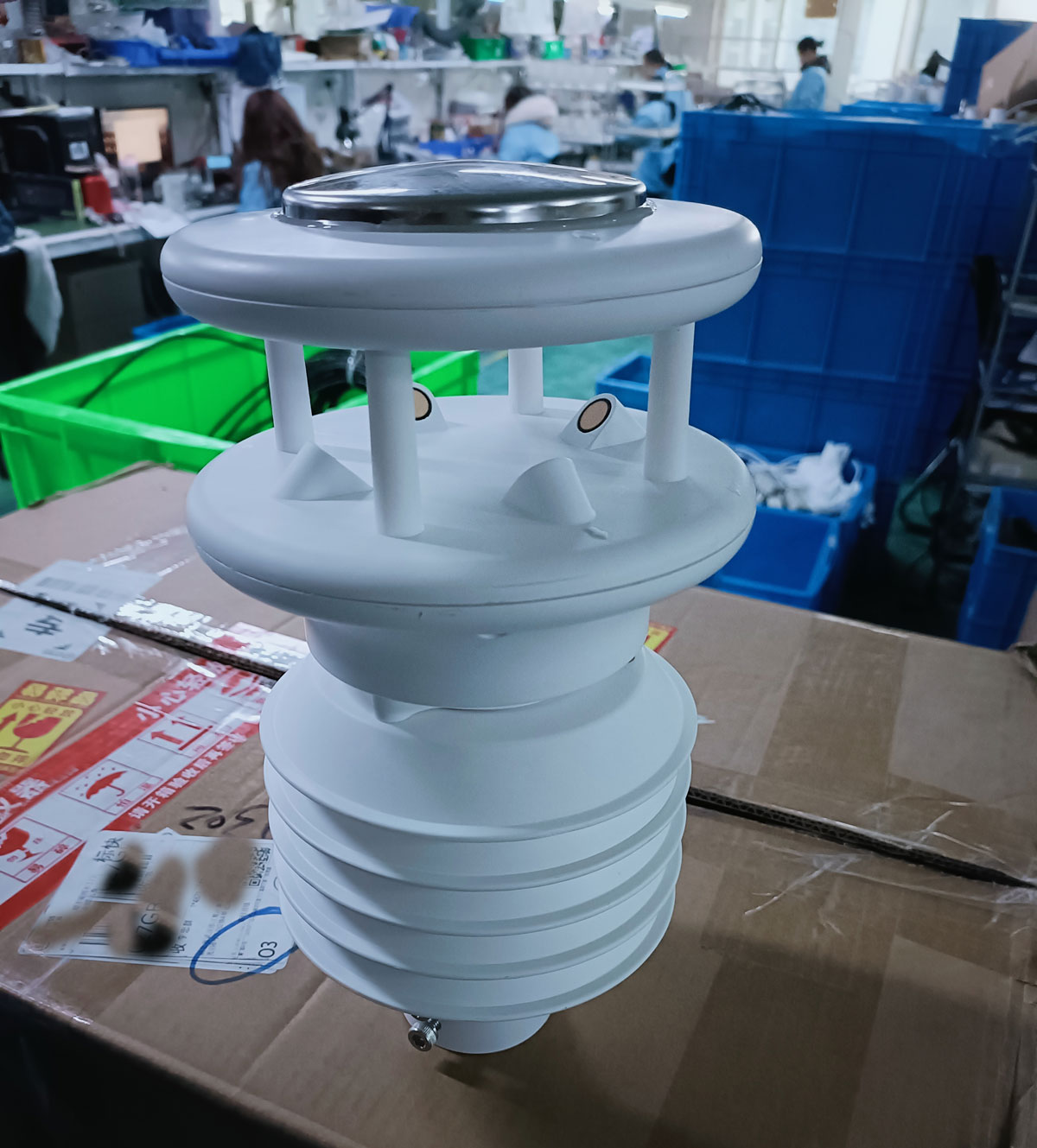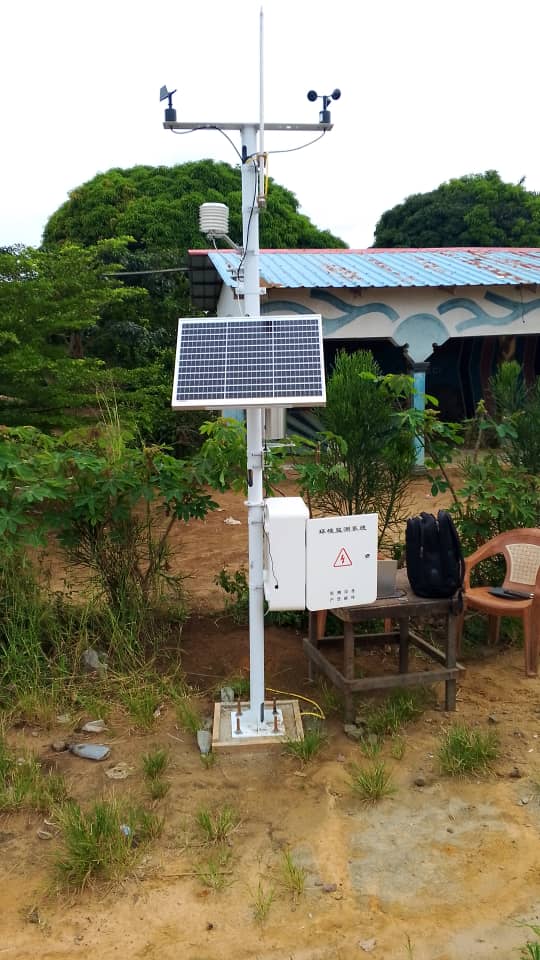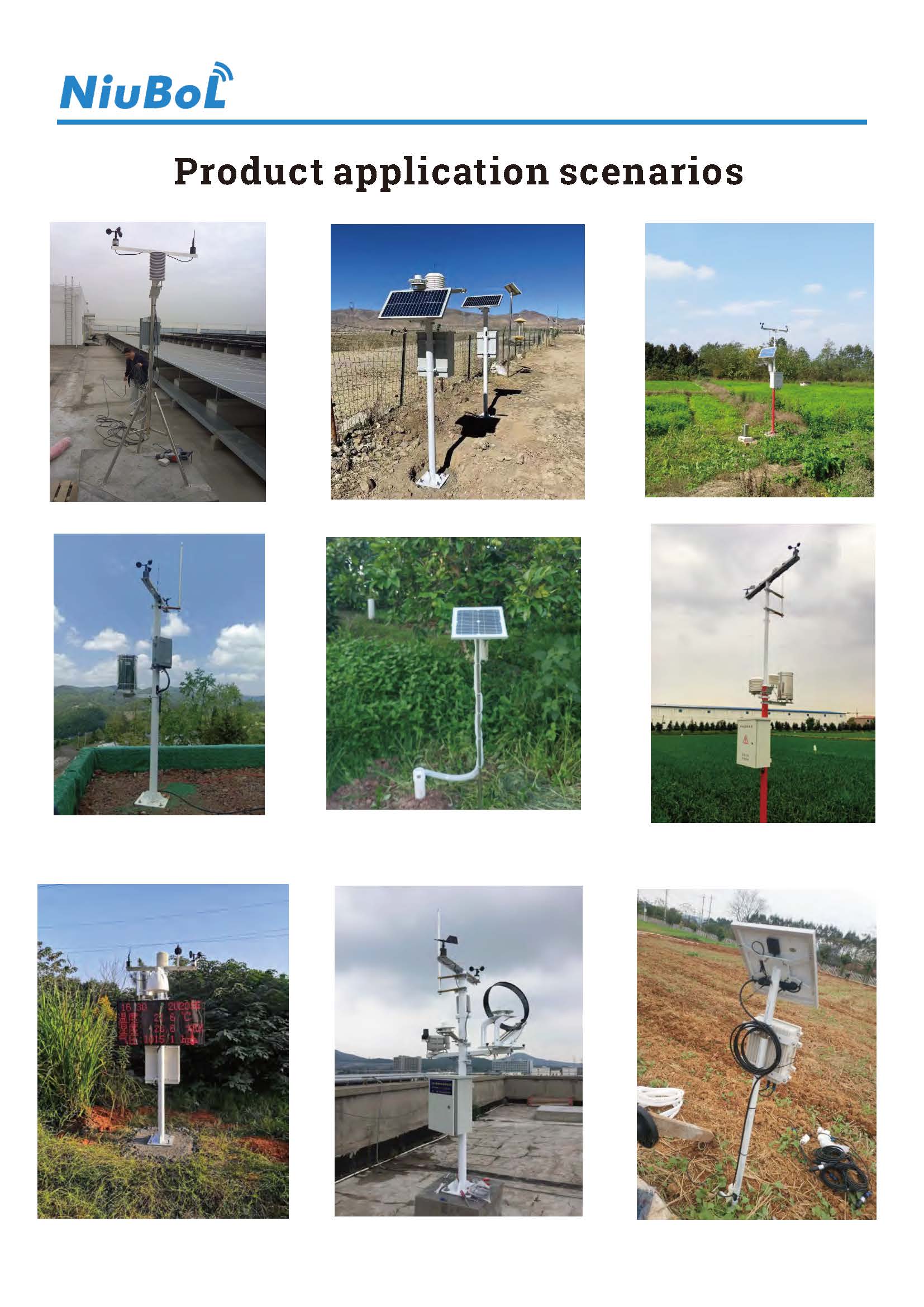

— Blogs —
—Products—
 Consumer hotline +8618073152920
Consumer hotline +8618073152920 WhatsApp:+8615367865107
Address:Room 102, District D, Houhu Industrial Park, Yuelu District, Changsha City, Hunan Province, China
Product knowledge
Time:2025-10-18 09:51:41 Popularity:462
In meteorological monitoring, wind energy evaluation, and industrial control systems, the accuracy of wind speed data depends not only on the internal measurement precision of the sensor but also on the integrity of the signal during transmission.
An excellent wind speed sensor, if its signal suffers attenuation or interference during transmission, is like a high-precision lens obscured by dust—rendering even the best measurements meaningless.
This is the fundamental difference between analog (Analog) and digital (Digital) anemometers.
The disparity between them is not merely in "signal output methods," but a technological divide that determines system precision, reliability, and scalability.
In the era of Industry 4.0 and IoT Weather Networks, digital anemometers are becoming the top choice for flagship-level meteorological monitoring with their high precision and long-distance lossless transmission capabilities.
Analog anemometers mark the starting point of industrial wind measurement. Their basic principle is to convert wind speed into continuously varying electrical signals, such as:
- Voltage signals: 0–5V or 0–10V
- Current signals: 4–20mA
These signals correspond linearly to wind speed, theoretically simple and direct. However, in real-world engineering environments, analog signals face two fatal weaknesses.
When signals are transmitted over long cables, wire resistance and capacitance cause voltage drops and uneven current distribution.
Over transmission distances exceeding 30 meters, readings may exhibit systematic deviations of 3%–5%. For wind speed measurements, this is enough to affect wind energy assessment results or alarm judgments.
In complex electromagnetic environments like factories, substations, or wind farms, motors, frequency converters, and wireless communication devices generate electromagnetic noise.
The amplitude of analog signals can be overlaid with interference, manifesting as random fluctuations, abnormal spikes, or drift phenomena, which in severe cases lead to distorted wind speed curves.
Analog signals require processing through data loggers or PLC analog-to-digital converters (ADCs).
With limited ADC resolution (e.g., 12-bit or 16-bit), combined with environmental temperature drift, grounding differences, and other factors, measurement precision is further compromised.
Conclusion: Analog anemometers are suitable for cost-sensitive, short-distance, or local control scenarios but cannot meet the demands of remote monitoring and high-precision analysis.
The core breakthrough of digital anemometers lies in:
They complete analog-to-digital conversion, linear calibration, and data encoding internally within the sensor, outputting digitized engineering data (such as m/s).
This means—data no longer relies on external ADCs, and the transmission signal is no longer voltage or current, but logically encoded "0s" and "1s."
Digital anemometers use standardized digital communication protocols, such as:
- RS485 (Modbus RTU): Industrial-grade high-speed protocol supporting multi-node, strong anti-interference, and long-distance communication.
- SDI-12: Low-power protocol commonly used in field automatic weather stations, hydrology, and soil monitoring systems.
Wind speed values, status codes, CRC checksums, and other information. The host can directly parse them into wind speed data upon reception.
Digital signals employ differential signaling technology, where two signal lines transmit positive and negative voltage differences respectively.
When external electromagnetic interference occurs, it affects both lines simultaneously but cancels out mutually, thereby preserving the signal's logical values unchanged.
Combined with CRC redundancy checks, even transient interference can be automatically detected and discarded, ensuring the host always receives "logically perfect" wind speed data.
Result: Anti-noise capability improves by over 10 times, enabling stable operation in industrial zones, near high-voltage lines, or in thunderstorm-prone areas.
In analog systems, signal amplitude drops with every 10 meters of cable extension.
Digital signals, however, only concern "logical states," not voltage amplitude.
Thus, RS485 digital anemometers can transmit losslessly over 300–1000 meters.
This makes digital anemometers the preferred choice for large wind farms, mountain weather stations, and bridge monitoring systems.
Digital anemometers integrate high-resolution ADCs (typically ≥24-bit) internally, pre-calibrated at the factory.
Output units are directly in "m/s," requiring no further linear calculations or external amplification from users.
Additionally, digital protocols feature device address management and self-identification—plug in and go, with the host automatically recognizing device IDs and data formats.

| Feature | Analog Anemometer (4–20mA / 0–5V | Digital Anemometer (RS485 / SDI-12) |
| Signal Format | Continuous electrical level signals | Discrete binary data |
| Anti-Interference | Weak, susceptible to environmental noise | Strong, differential transmission + CRC checksum |
| Transmission Distance | < 50 meters | Up to 1200 meters |
| Precision & Stability | Prone to attenuation and drift | High stability, no drift |
| Wiring Complexity | Simple, but requires external ADC | Slightly more complex, but plug-and-play |
| Application Scenarios | Local control, low-cost systems | Remote monitoring, high-precision systems, IoT networks |
- Multi-point communication (supports 32+ sensors)
- Fast real-time refresh (supports high-frequency sampling)
- Ideal for industrial sites, wind turbine towers, and monitoring systems
- Low power consumption, single-wire communication
- Suitable for solar-powered systems
- Widely used in meteorology, hydrology, and agricultural monitoring
The NiuBoL anemometer series supports both RS485 and 4-20mA, offering flexible adaptation to various environments.

In a mountain wind energy assessment project, the wind speed sensor was installed at the top of a 200-meter tower, while the data logger was at the base station at the foot of the mountain.
Using analog signals would result in over 5% signal attenuation due to cable resistance, potentially causing wind energy calculation errors worth hundreds of thousands of dollars. After adopting the NiuBoL RS485 digital anemometer, data is calibrated and digitally encoded internally at the sensor, then transmitted via twisted-pair cable. Over 18 months of continuous operation, zero bit errors occurred, extending the calibration cycle from every six months to once a year, significantly reducing maintenance costs.
Although digital anemometers have a slightly higher unit price, they save costs in the following areas:
- No need for external ADC modules or signal amplifiers;
- Thinner, lower-cost twisted-pair cables can be used;
- Reduced long-term maintenance and calibration frequency;
- Higher overall system precision, minimizing misjudgments and downtime risks.
Overall Calculation: Over a 5-year cycle, the total cost of ownership for digital systems can be 30%–40% lower than analog systems.
A: Not necessarily. Compatibility upgrades can be achieved through protocol conversion modules (e.g., Modbus to 4–20mA) for a smooth transition.
A: No. Especially under the SDI-12 protocol, average power consumption is extremely low, ideal for solar or battery-powered setups.
A: RS485 uses differential signal transmission, maintaining stable communication even in thunderstorms or electromagnetically complex environments.
A: Some models support dual outputs (analog + digital), compatible with both legacy and new platforms simultaneously.

Choosing NiuBoL digital anemometers means selecting not just a sensor, but a high-integrity data system. Our products feature industrial-grade protection designs, low-friction mechanical structures, and high-precision digital signal outputs, fully compatible with international mainstream protocols (RS485 / Modbus). They undergo rigorous wind tunnel calibration and long-term weather resistance testing. Whether deployed in wind energy assessment projects, automatic weather stations, building monitoring systems, smart agriculture, or environmental research,
NiuBoL ensures every set of wind speed data is authentic, pure, and reliable. → Contact Us | Get Customized Digital Wind Speed Solutions.
Related recommendations
Sensors & Weather Stations Catalog
Agriculture Sensors and Weather Stations Catalog-NiuBoL.pdf
Weather Stations Catalog-NiuBoL.pdf
Related products
 Combined air temperature and relative humidity sensor
Combined air temperature and relative humidity sensor Soil Moisture Temperature sensor for irrigation
Soil Moisture Temperature sensor for irrigation Soil pH sensor RS485 soil Testing instrument soil ph meter for agriculture
Soil pH sensor RS485 soil Testing instrument soil ph meter for agriculture Wind Speed sensor Output Modbus/RS485/Analog/0-5V/4-20mA
Wind Speed sensor Output Modbus/RS485/Analog/0-5V/4-20mA Tipping bucket rain gauge for weather monitoring auto rainfall sensor RS485/Outdoor/stainless steel
Tipping bucket rain gauge for weather monitoring auto rainfall sensor RS485/Outdoor/stainless steel Pyranometer Solar Radiation Sensor 4-20mA/RS485
Pyranometer Solar Radiation Sensor 4-20mA/RS485
Screenshot, WhatsApp to identify the QR code
WhatsApp number:+8615367865107
(Click on WhatsApp to copy and add friends)
